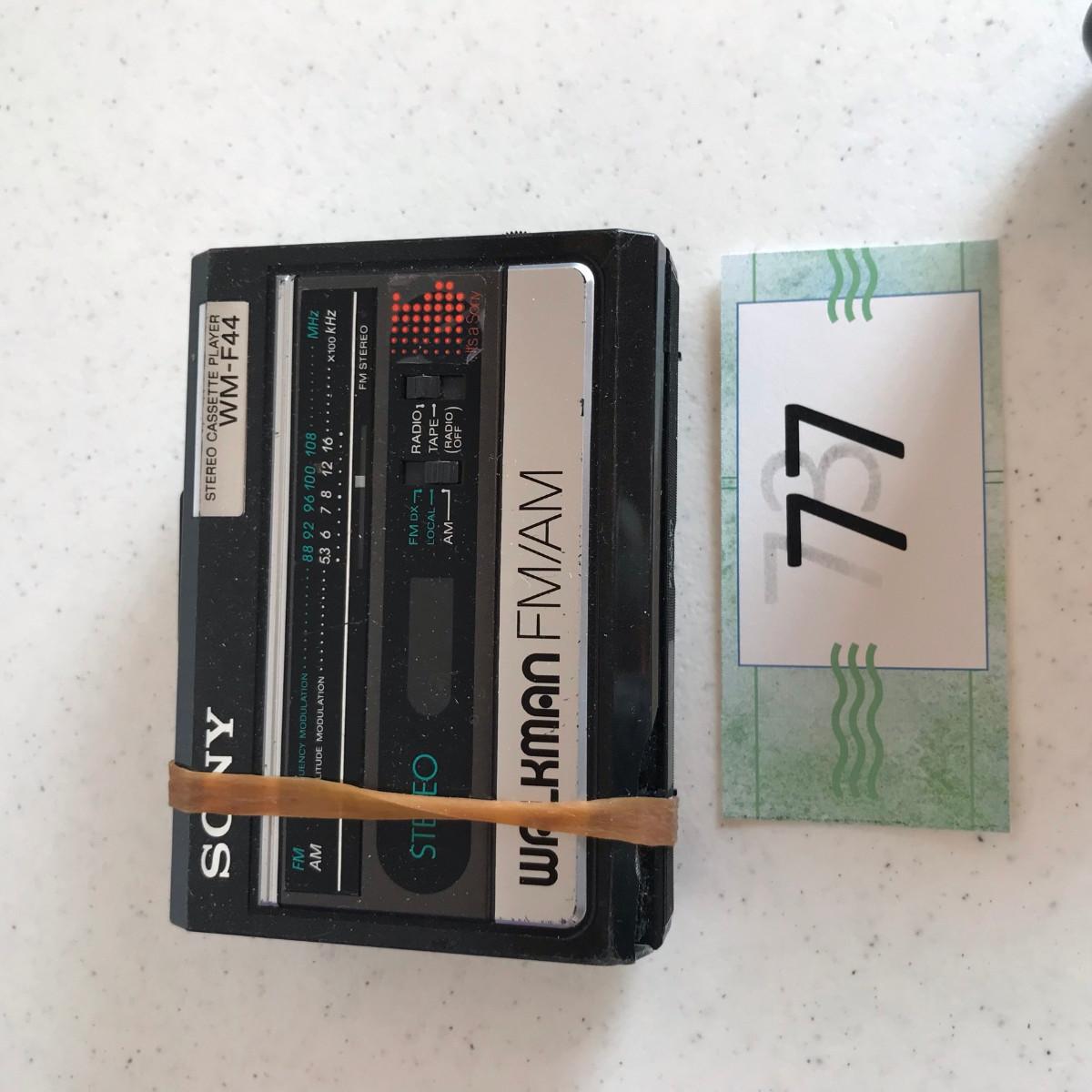The Sony Walkman, an iconic cultural artifact, heralded the dawn of a new audio era in the 1980s. But have you ever pondered how this small device revolutionized the way we experience music on a personal level? A fascinating interplay of technology and lifestyle emerged as portable music became accessible, raising a compelling challenge: in a world dominated by digital streaming services, will the nostalgia for analog experiences endure?
Launched in 1979, the original Sony Walkman forever altered the landscape of personal music consumption. Its innovative cassette player married simplicity with portability, allowing music lovers to carry their favorite tunes wherever they went. The idea of listening to music in solitude, amplified by lightweight headphones, provided a unique and intimate auditory experience that prior technologies could not replicate. Emboldened by this accessibility, users began to forge deeper connections with their playlists, transforming public spaces into personal soundtracks.
The essence of the Walkman encapsulates a pivotal moment in technological history. It was a time when music was not merely consumed but celebrated. The vibrant colors of the ’80s Walkman models, paired with the tactile experience of cassette tapes, invoke a sense of nostalgia that today’s digital landscapes may struggle to replicate. This leads to an interesting question: can we truly comprehend the emotional resonance that comes with rewinding a cassette, the anticipation of the next track, and the physicality of inserting a tape into a machine?
However, as we navigate through the labyrinth of modern technology, a question arises about the role of nostalgia in a fast-evolving digital ecosystem. Does the convenience of streaming music overshadow the tactile joy of the Walkman era? Ironically, while platforms like Spotify and Apple Music offer expansive libraries at our fingertips, they often miss the visceral engagement that cassette tapes elicited. The cacophony of digital noise can sometimes drown out the individual tracks’ ability to inspire or provoke thought in listeners.
Moreover, the emergence of vinyl records in recent years showcases a robust counter-movement against the digital tide. Enthusiasts flock to record stores, reveling in the broader audio spectra that vinyl offers and creating a resurgence in analog appreciation. This revival raises a pertinent challenge: will the analog curves of the past continue to flourish in the age of sterile, digital precision?
In conclusion, the legacy of the Sony Walkman serves as a potent reminder of how technology can shape human interaction with art. As we continue to advance, the juxtaposition of old and new begs reflection: in our pursuit of convenience, are we sacrificing depth in our cultural experiences? Ultimately, the spirit of the Walkman may remain alive, not merely as a relic of yesteryears but as a beacon for the future of personal music consumption.
